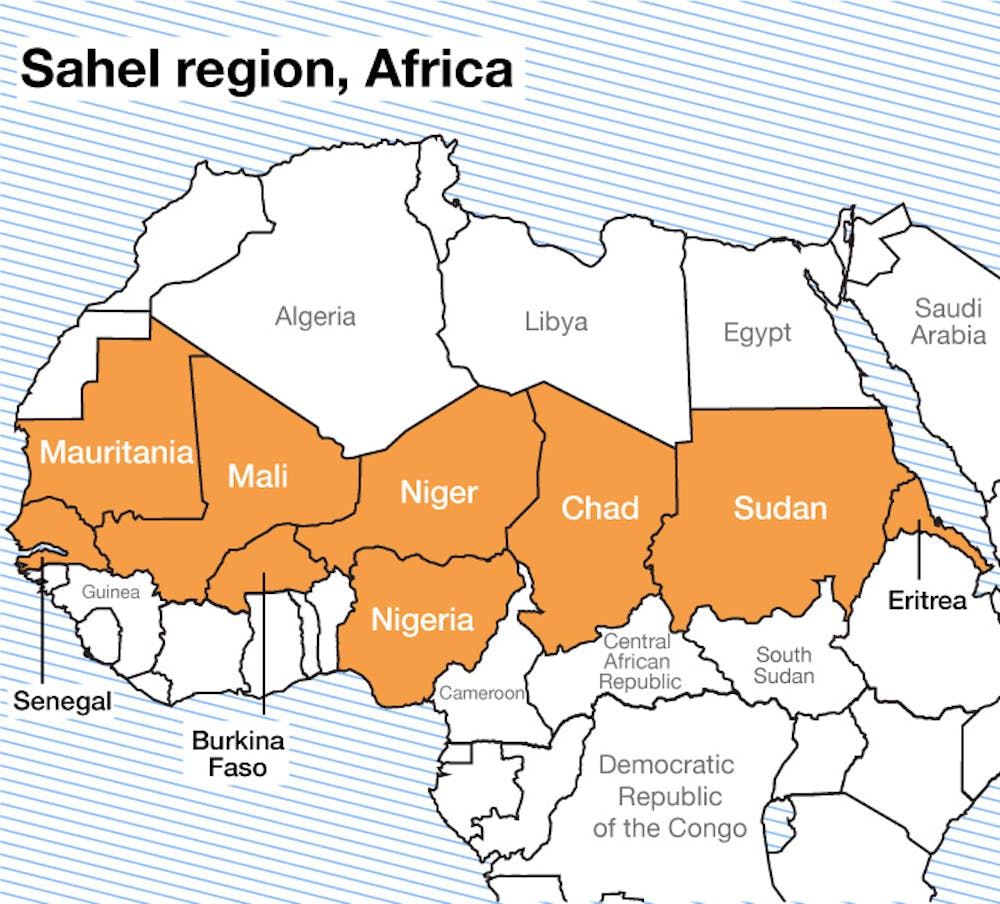
The Sahel is a semi-arid region of transition in Africa between the Sahara and the Sudanian Savanna, which is extremely sensitive to the precipitation change. This vulnerable region is known for regular severe droughts and megadroughts, leading to large-scale famine. Thus, confident model projections of Sahel precipitation change under global warming is essential. However, current climate models exhibit large uncertainty on the projection of Sahel precipitation.
A group of scientists from Institute of Atmospheric Physics, Chinese Academy of Sciences found that the projection uncertainty of Sahel summer precipitation among the climate models is closely related to the historical precipitation simulation in South Asia and the western North Pacific. They use the specified historical simulation biases to calibrate future projections. After the effective calibration, they found that the increase of Sahel precipitation in the future will be stronger than the multi-model ensemble result, with an increase of 109%. Besides, more water resources are available in the twenty-first century, with an increase of 119% after the calibration. This result could be a beneficial side-effect of global warming.
They also point out that the convective parameterization scheme may play an important role in the relationship between the historical precipitation in remote areas and future projections in the Sahel. “A certain type of parameterization scheme tends to produce similar historical precipitation in South Asia and the western North Pacific, and future projections of the Sahel precipitation.” said the researchers in their article published in Journal of Climate

